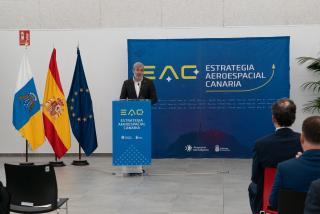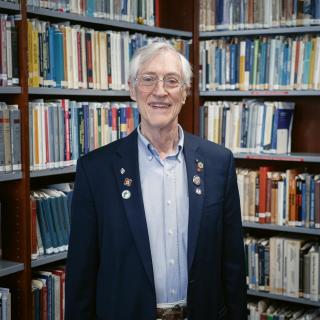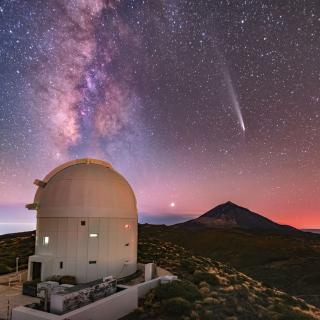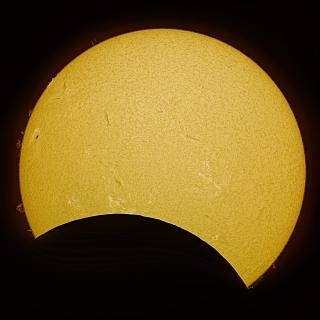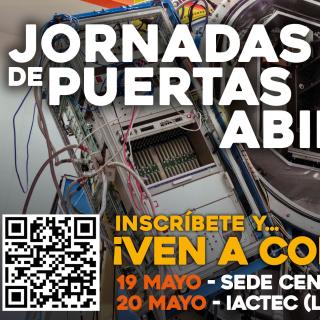
The headquarters of the Instituto de Astrofísica de Canarias (IAC) and its technological headquarters, IACTEC, open their doors to the public at their Open Days as part of Open Government Week 2025. This initiative, promoted by the Open Government Partnership worldwide, seeks to bring public administrations closer to citizens and promote the values of transparency, integrity, participation and accountability. The event at the IAC headquarters will take place on Monday 19 May, while the IACTEC will open its doors on Tuesday 20 May. Both days will be held in person, with two visiting hours
Advertised on
